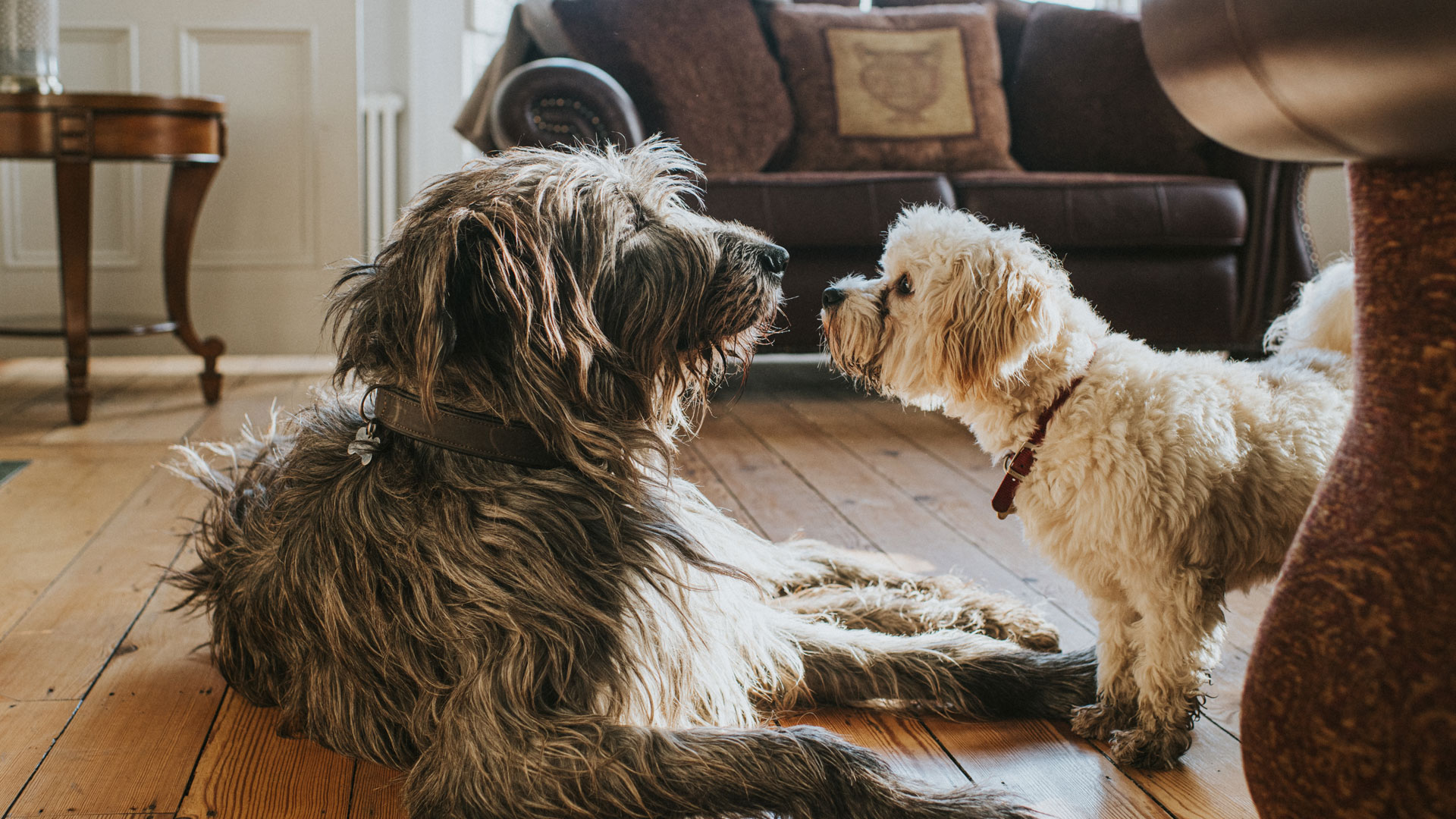
Over the course of your dog’s life, there will probably be times when they interact with other canines. Even if they’re the only dog at home, you’ll probably bump into fellow pups on walks or at the dog park, or you might organize play dates with your friends’ or relatives’ dogs.
And your dog might be more likely to meet other dogs during the festive season – perhaps you’re visiting a loved one who has dogs themselves, and you’re arriving with your own pup (and some of the best dog treats) in tow.
While many dogs love making new friends or seeing canine pals they’ve met before, however, there are things to remember when it comes to bringing your dog into another dog’s home. And expert trainer and behaviorist Louise Glazebrook has outlined what you should remember in a recent Instagram post.
Perhaps the most important thing to remember is that you need to discuss bringing your dog to another house beforehand! Don’t just turn up with your pup and walk in. This is particularly important when you’re going to a house with another dog, but even if the house you’re visiting doesn’t have any dogs, it’s still common courtesy. They might have cats, or delicate items around, or somebody may be allergic or simply not be a dog person.
It’s a good idea to put away things like toys and chews to avoid any potential conflict. And, speaking of avoiding conflict, Glazebrook says, “Meet on neutral territory and no, the garden doesn’t count! It has to be neutral to both dogs.”
She continues, “Walk the dogs together and make sure they aren’t allowed to bully or aggravate each other. A walk where nothing happens is better than the alternative.”
It might also be worth putting baby gates up so both dogs can see each other, but still have their own space. And, keep an eye on the dog body language that’s going on. If there’s any growling, teeth-baring or staring, or if the posture of one or both dogs indicates any negative feeling, an adult should calmly interrupt the interaction straight away, distracting the dogs. When the dogs are relaxed and comfortable in each other’s presence, offer treats.
As much as you might want your dog to get on like a house on fire with the other dog, or dogs, right away, it’s important to be realistic and not rush things. It might take a little bit of time for all dogs concerned to adjust, and you might have to put a little bit of work in to make life easier for everyone.
Looking for more content? Check out these vet-approved brain games for dogs.







